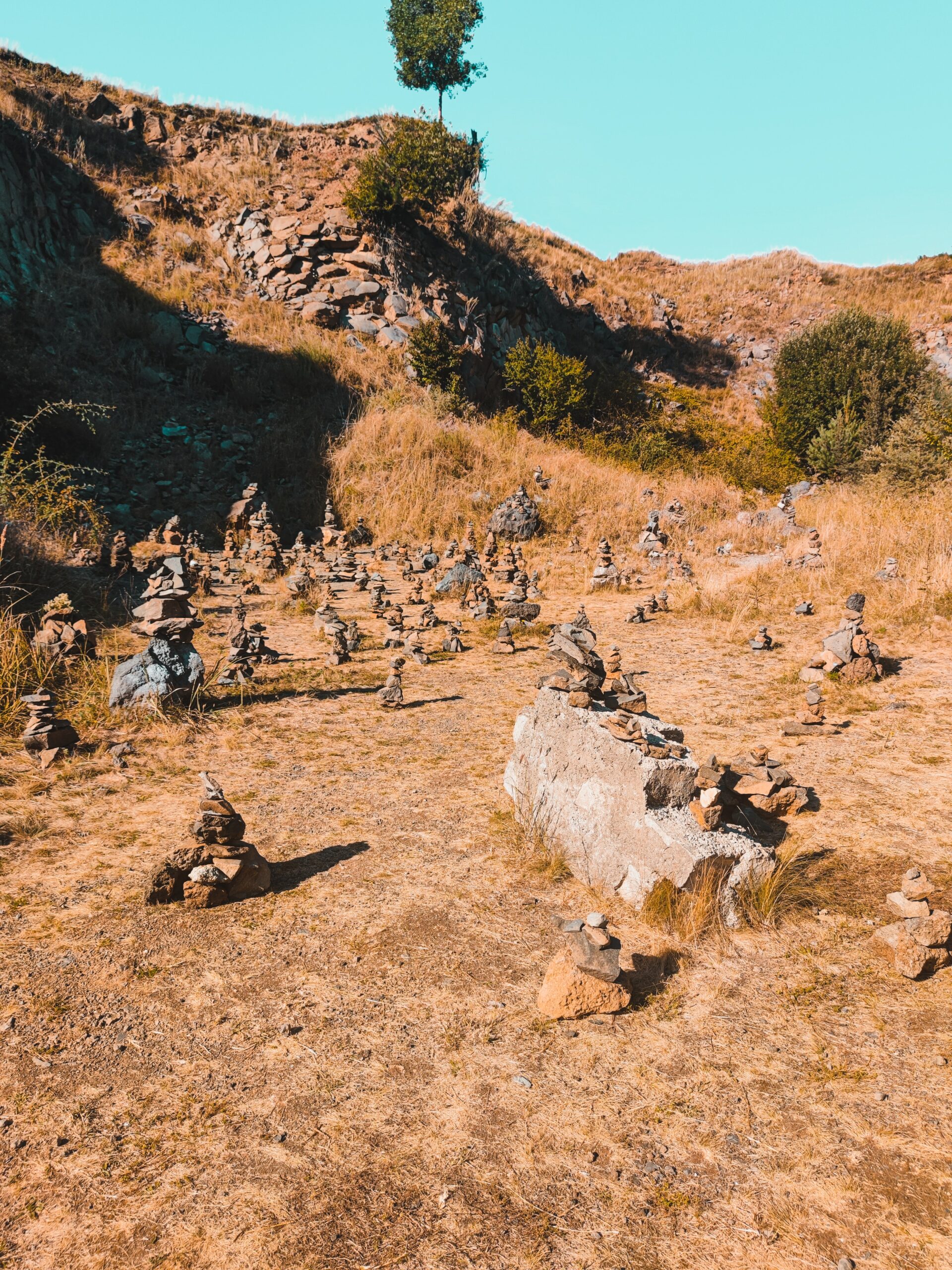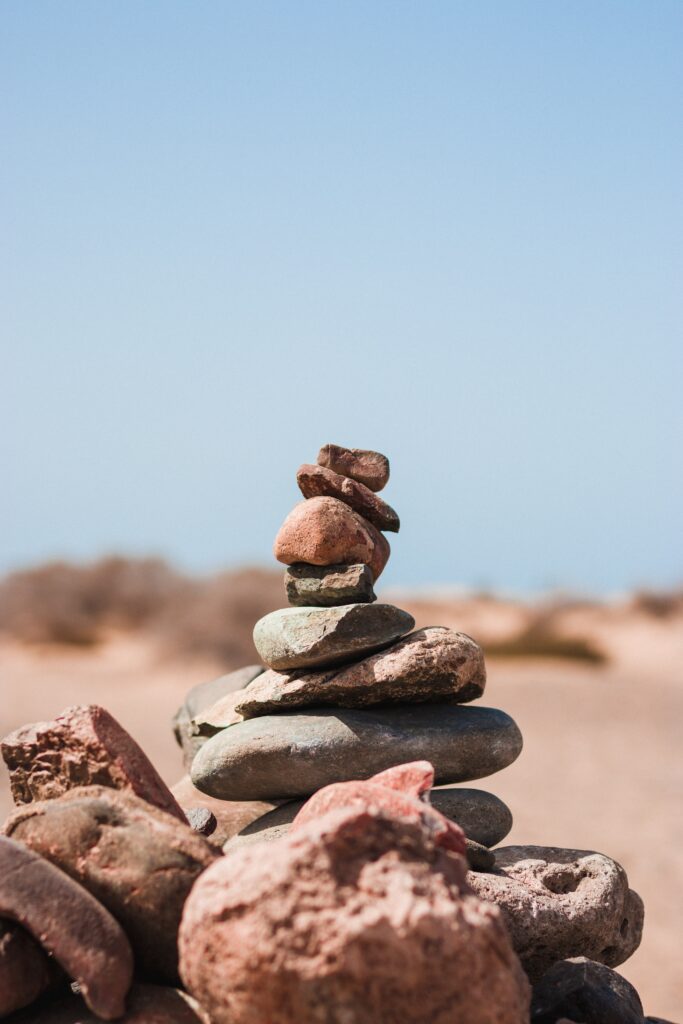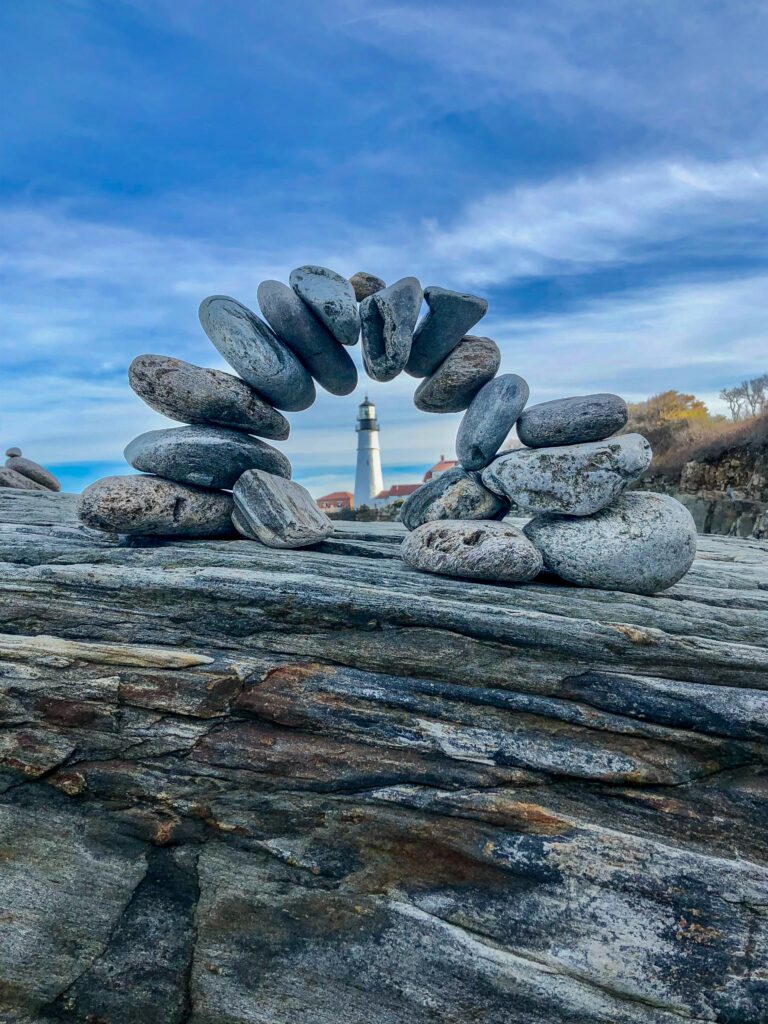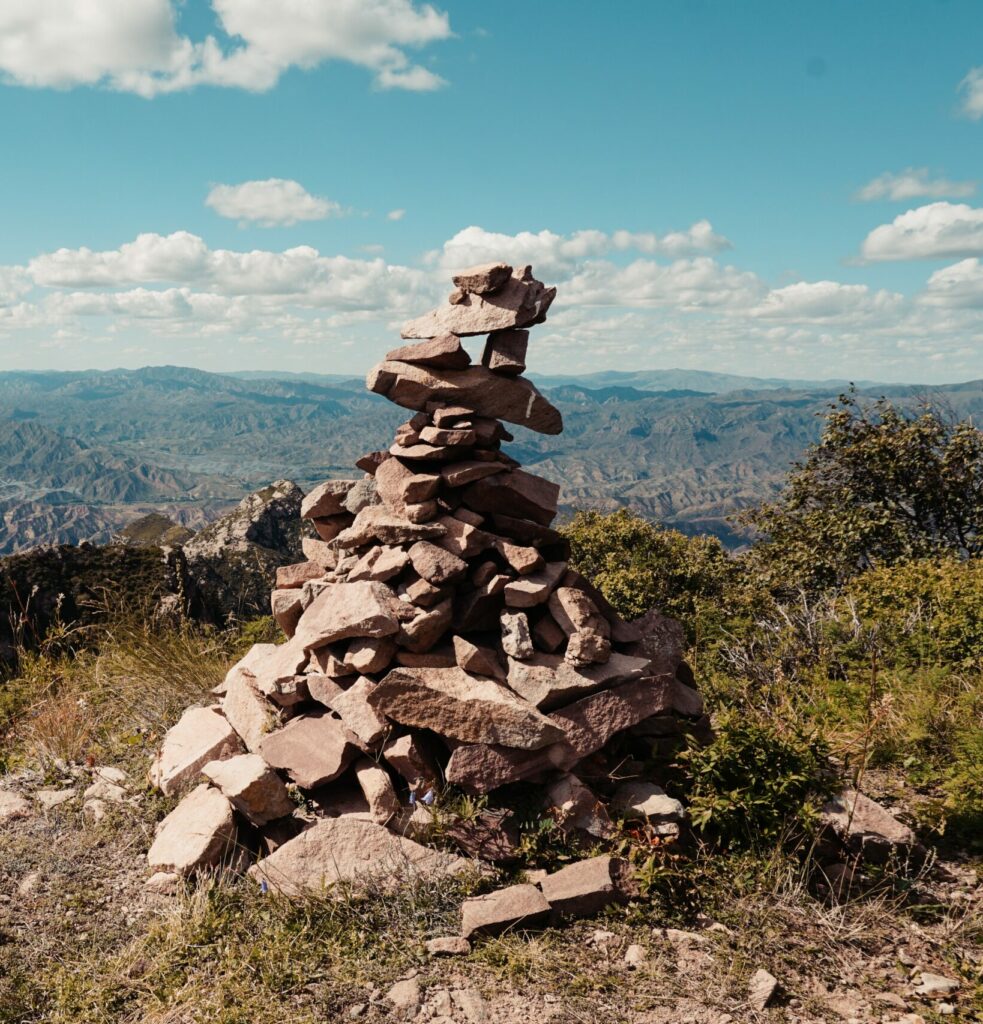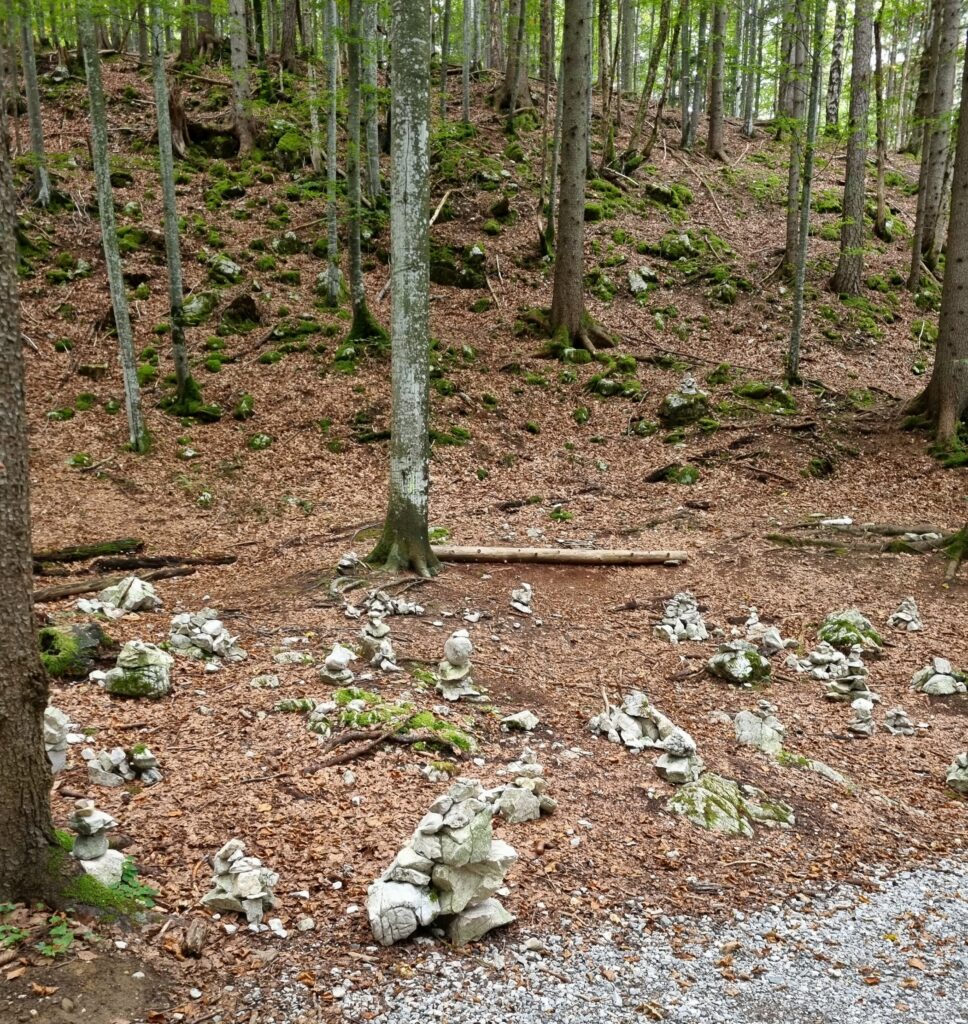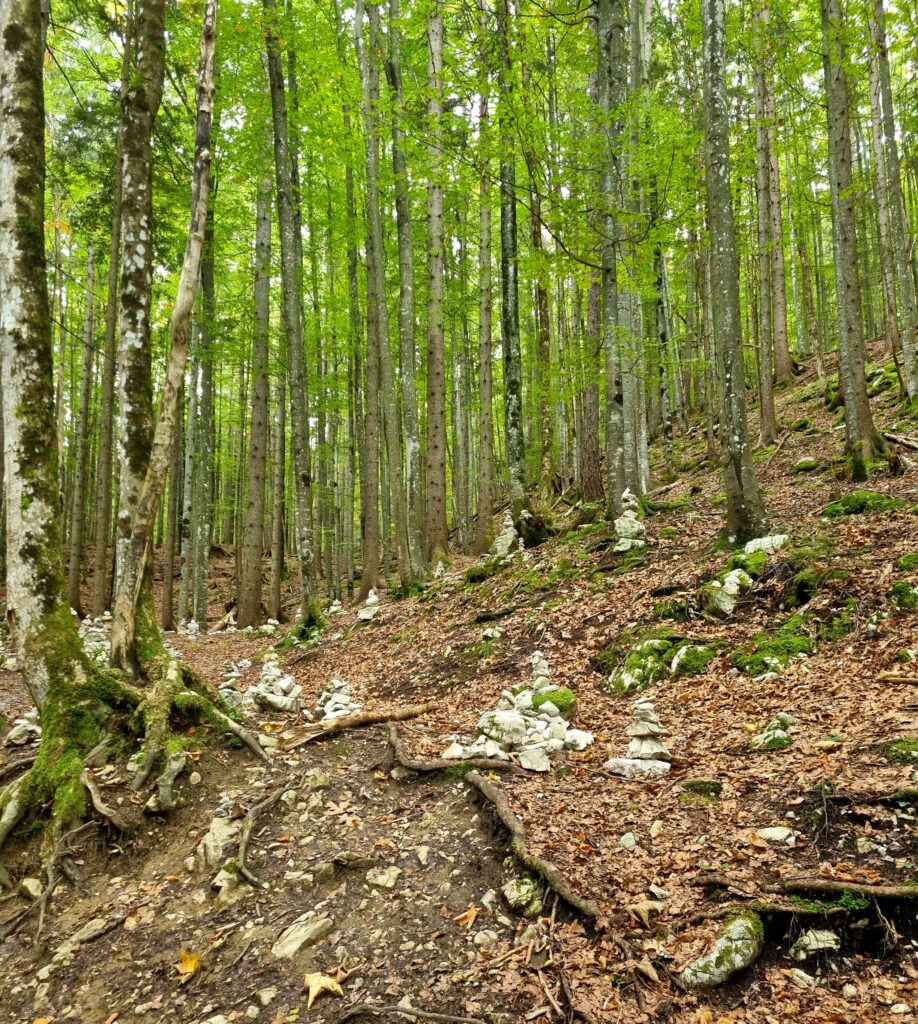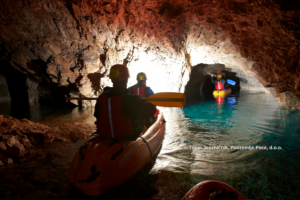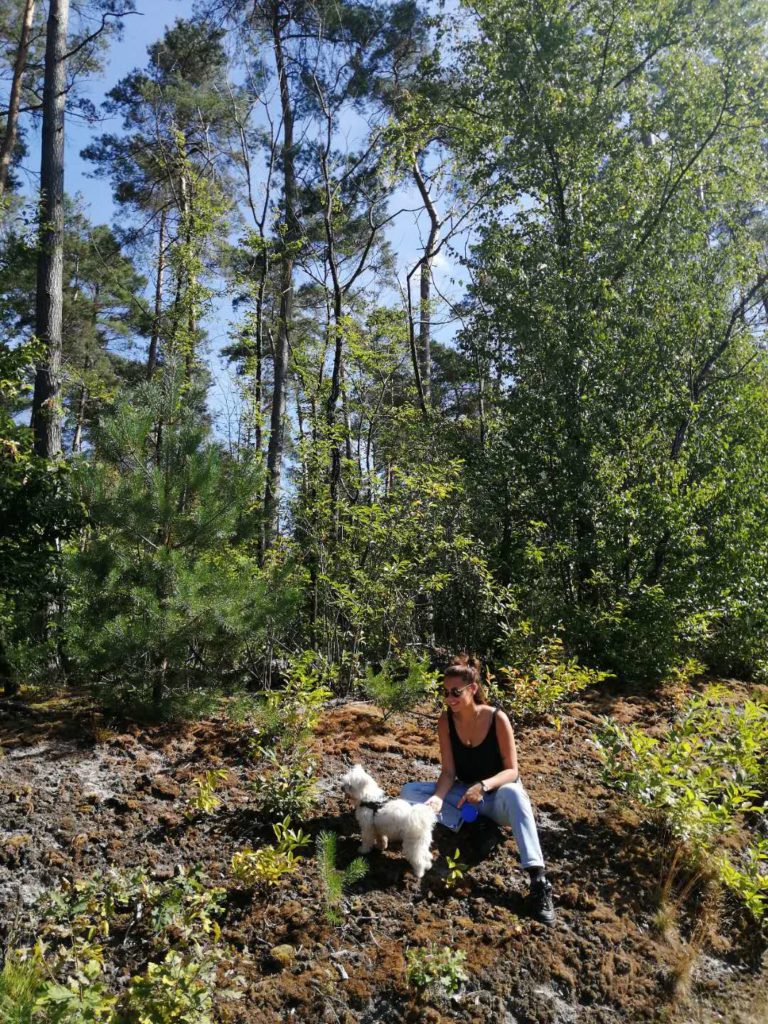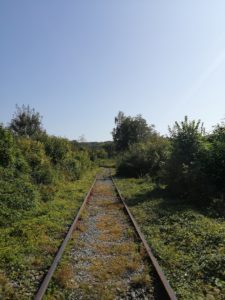On your next hiking trip, you might run into intentionally stacked piles of rocks. Some might think that these cute formations are here just because they look beautiful. But nope, there’s a history (and a reason why you shouldn’t participate)!
When you Google the term “stone stacking”, you’ll find a shit-ton of information. There are lots of different meanings behind these stacked rocks. I’ve seen them before, but on our last hike at the Liechtenstein gorge, I was overwhelmed by the amount. Also at Lago di Braies, on its South side, we encountered plenty. So I became curious. After researching a bit I learned that this practice does more harm than good.
In the outdoor community, it’s usually recognized as a trail marking, but it actually origins in many spiritual and cultural practices. Think of its use in Buddhist tradition or Vikings practices. Even seafarers used stacked stones for navigating long before lighthouses came to be. Because of their wide significance, these types of stones go by different names. Some people call them stone johnnies, cairns, or stacked stones. So you see, before it became a social media trend as we know it today, it actually had (and still has) more purpose.
Leave nothing but footprints
Nowadays, stone stacking is a popular trend amongst hikers so it seems like we need to do some awareness work here. You see… when you intentionally move stones, you displace important ecosystem structures. In addition, moving rocks in any way contributes to soil erosion, as the dirt once protectively tucked under them is now vulnerable. Slowly, we start to turn natural landscapes into peopled places.
Do we want that? No. 🚫 If we want to keep enjoying the outdoors as we do today, we have to start taking responsibility. “Leave nothing but footprints” preaches that message clearly and effectively.
What to do when you encounter these cairns?
Obviously: don’t add any. You could consider breaking them down if you feel comfortable with it. Only do it when you are sure these cairns don’t serve any other purpose because you don’t want to destroy those intentionally set as navigational aids. In the poll off Adventure Journalism, other co-travelers advise how to. Here I highlight one comment:
“Please dismantle them gently. Knocking them down can irreparably damage sensitive plant and small animal (inc insects and other invertebrates’) habitats. If you’re going to dismantle them, do it gently, or inform park/area staff so they can do so.”
Commented by M. on the forum
Would you like to have more in-depth information? Please read this article here. Next time you and your friends go for a hike, you have something to talk about 😉 If you wish to read more about sustainable travel, you might like my last article about flying and its impact. Cheers ✌
